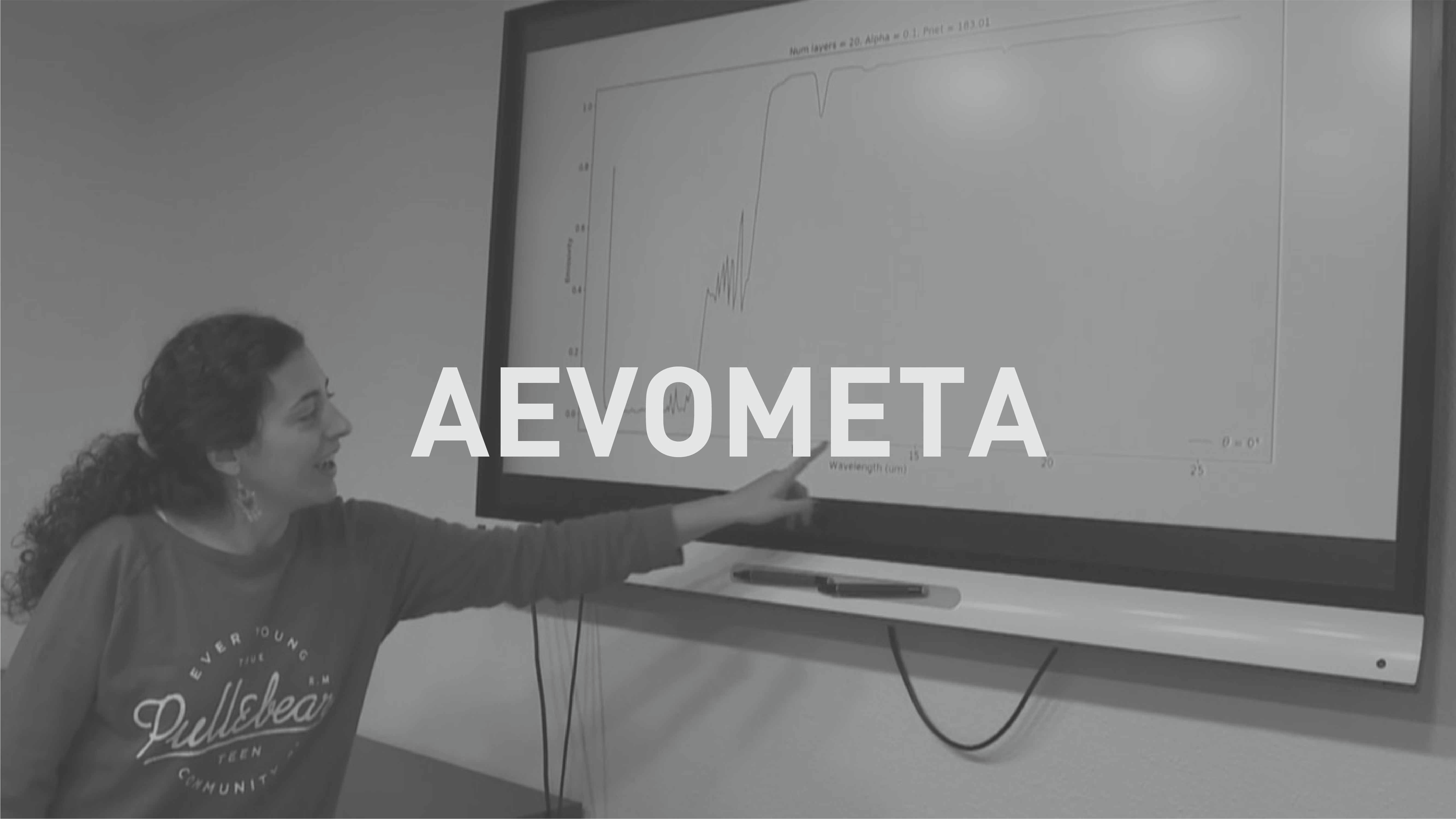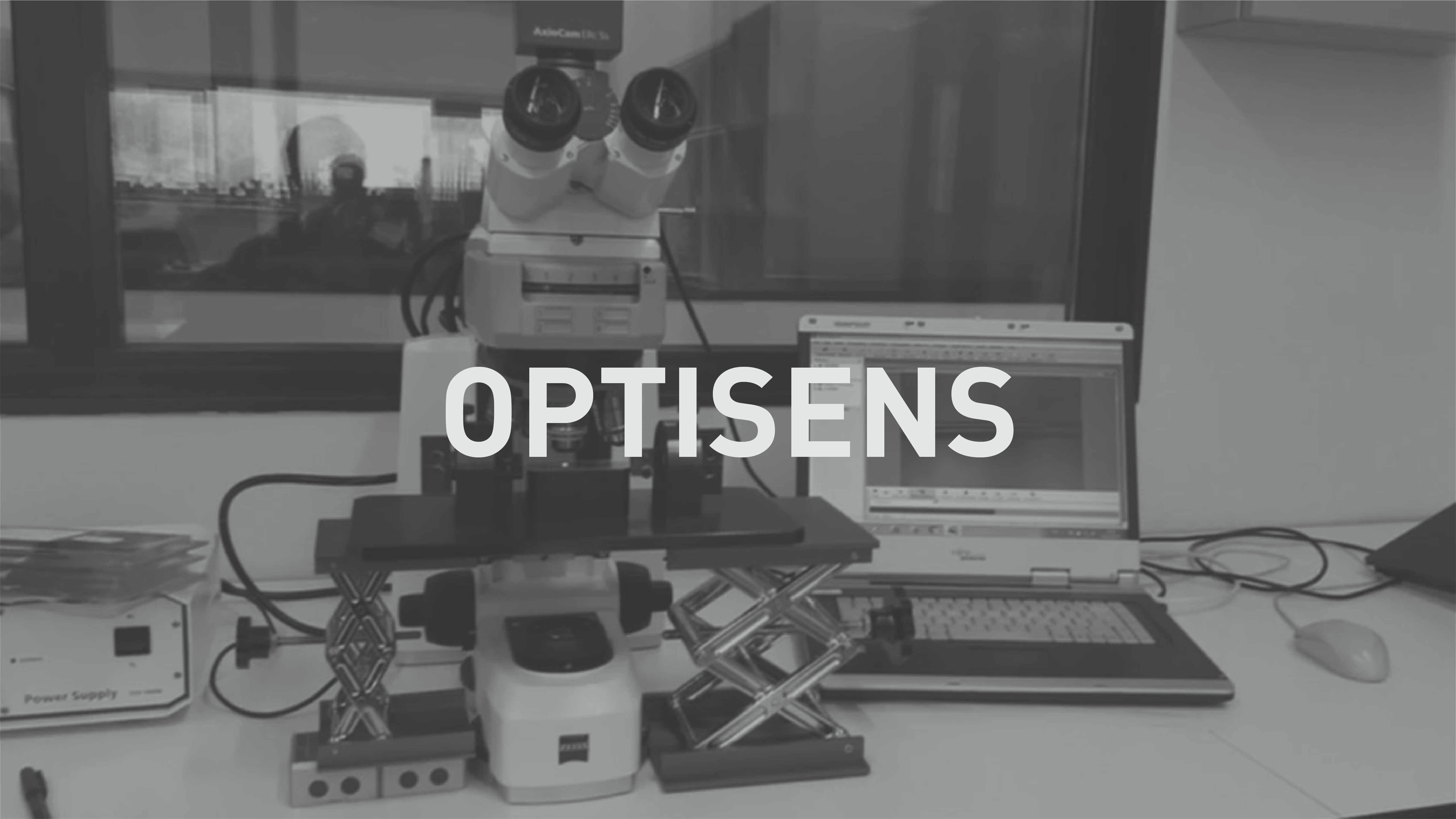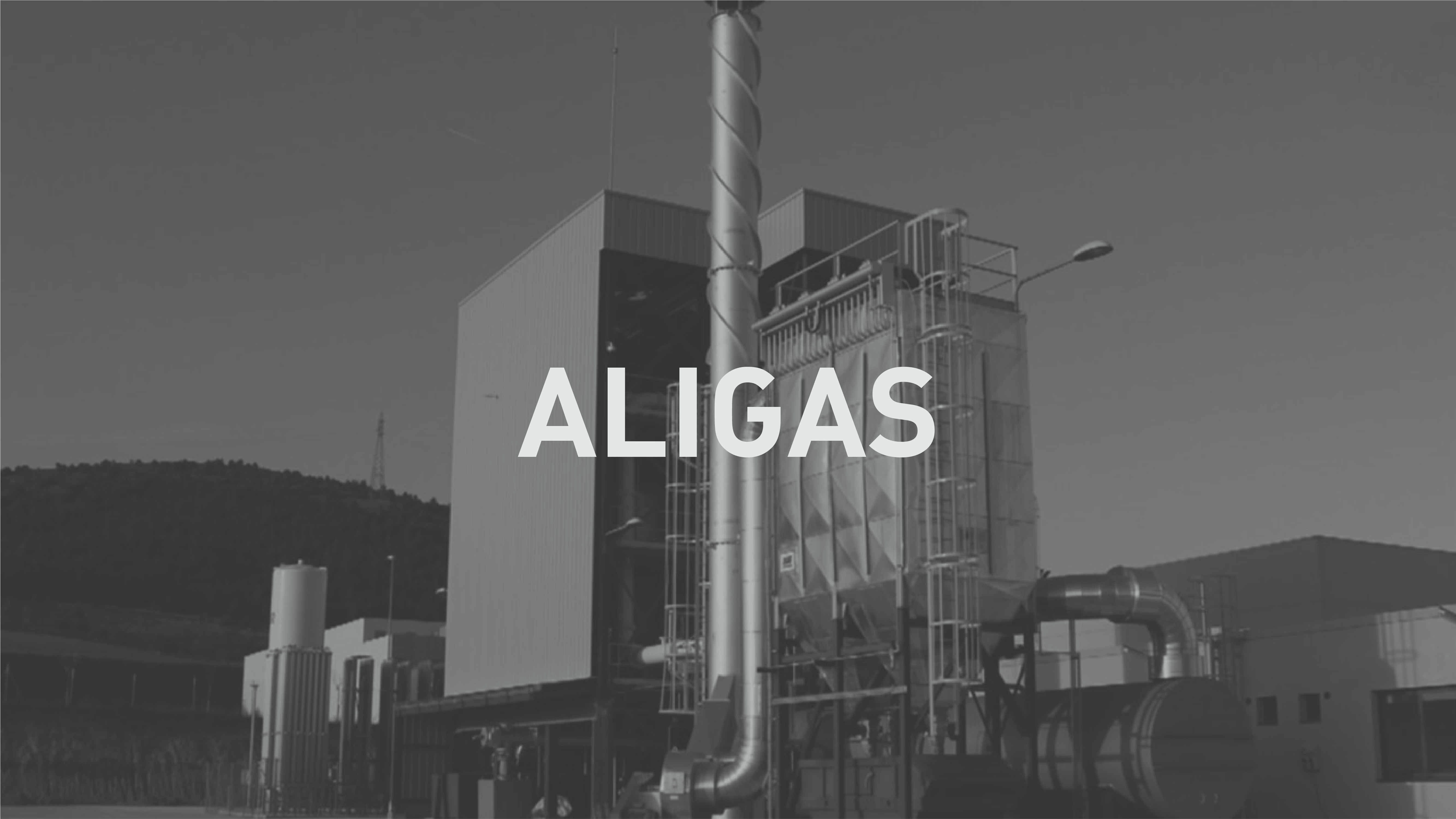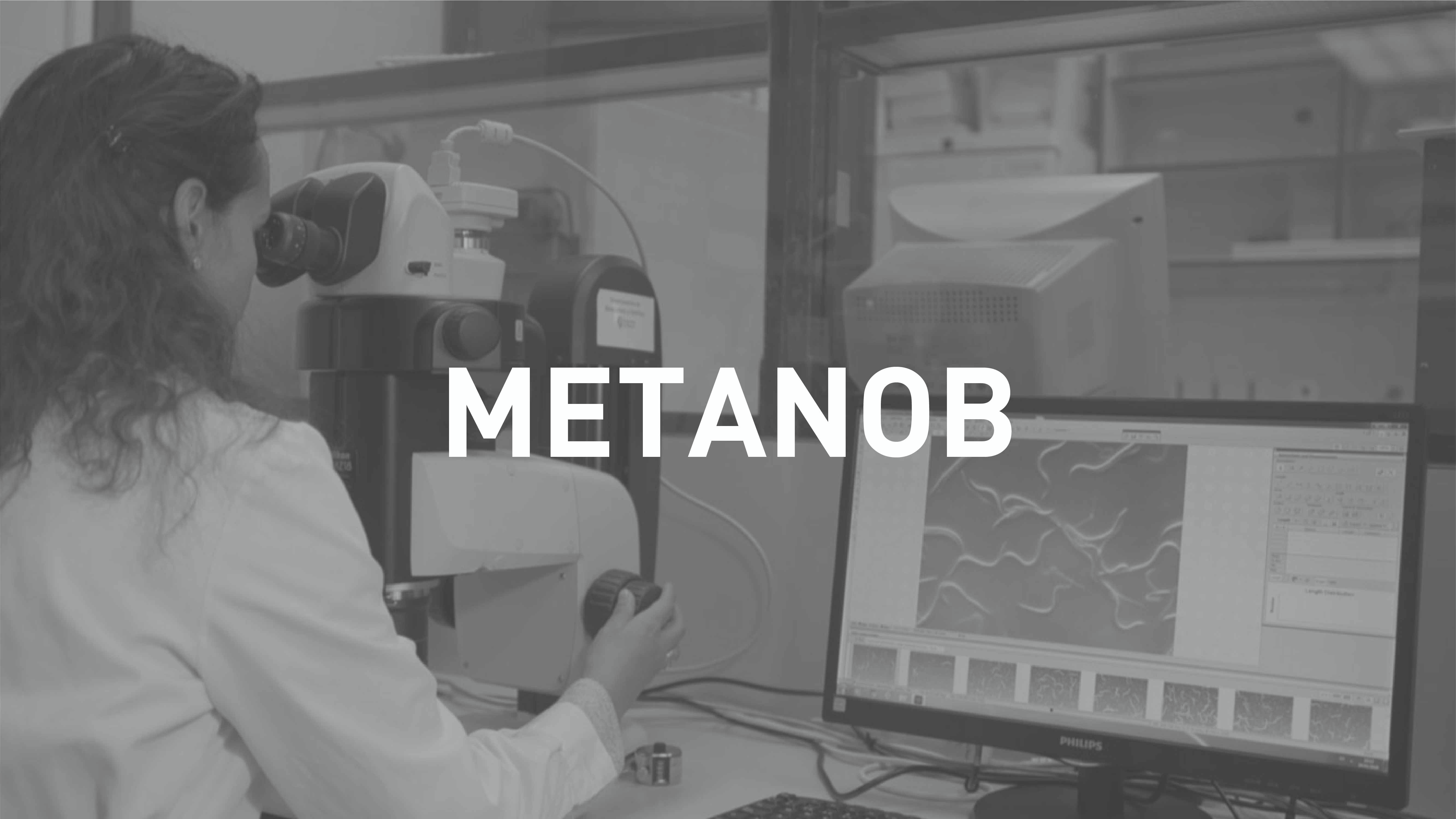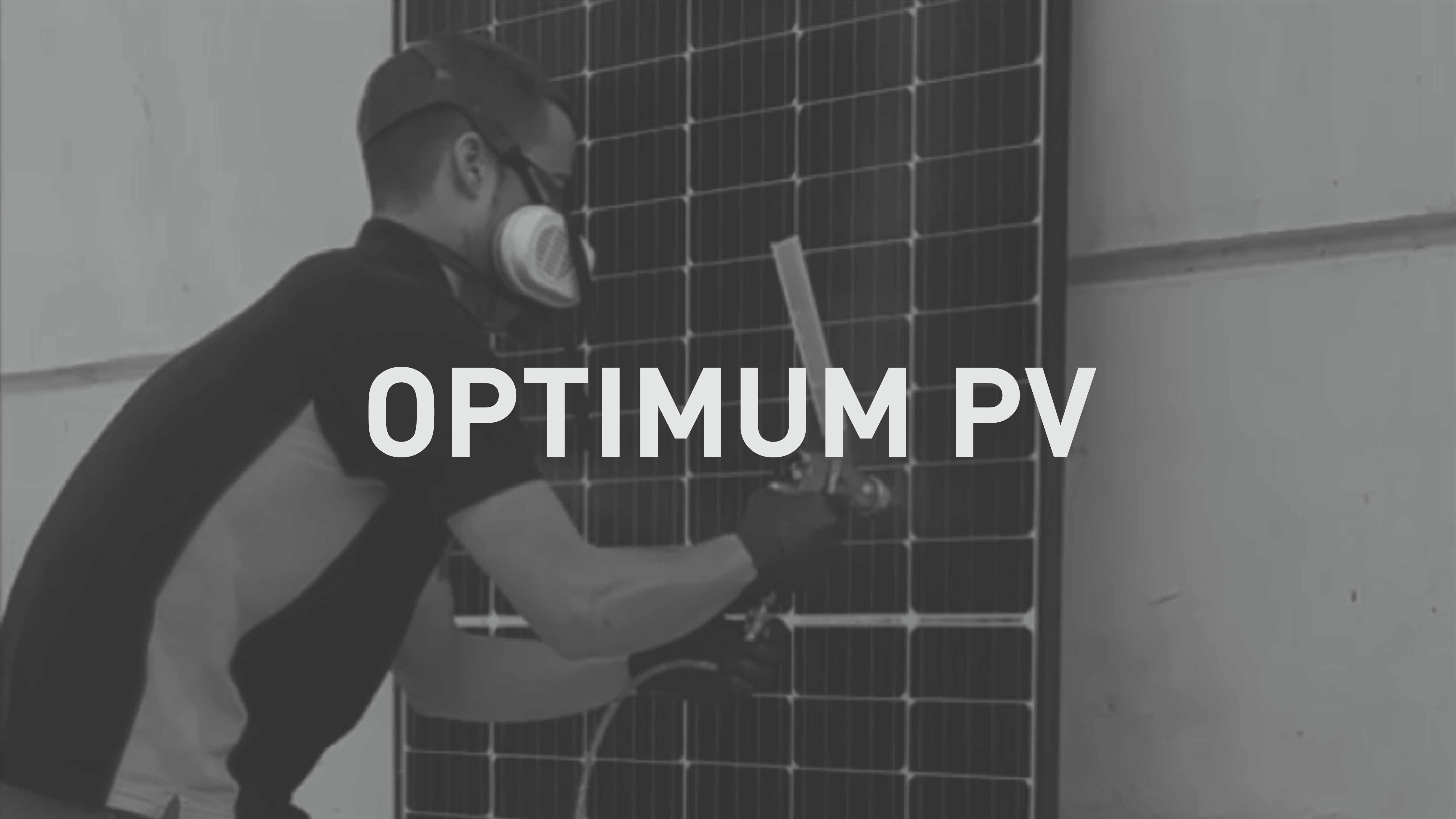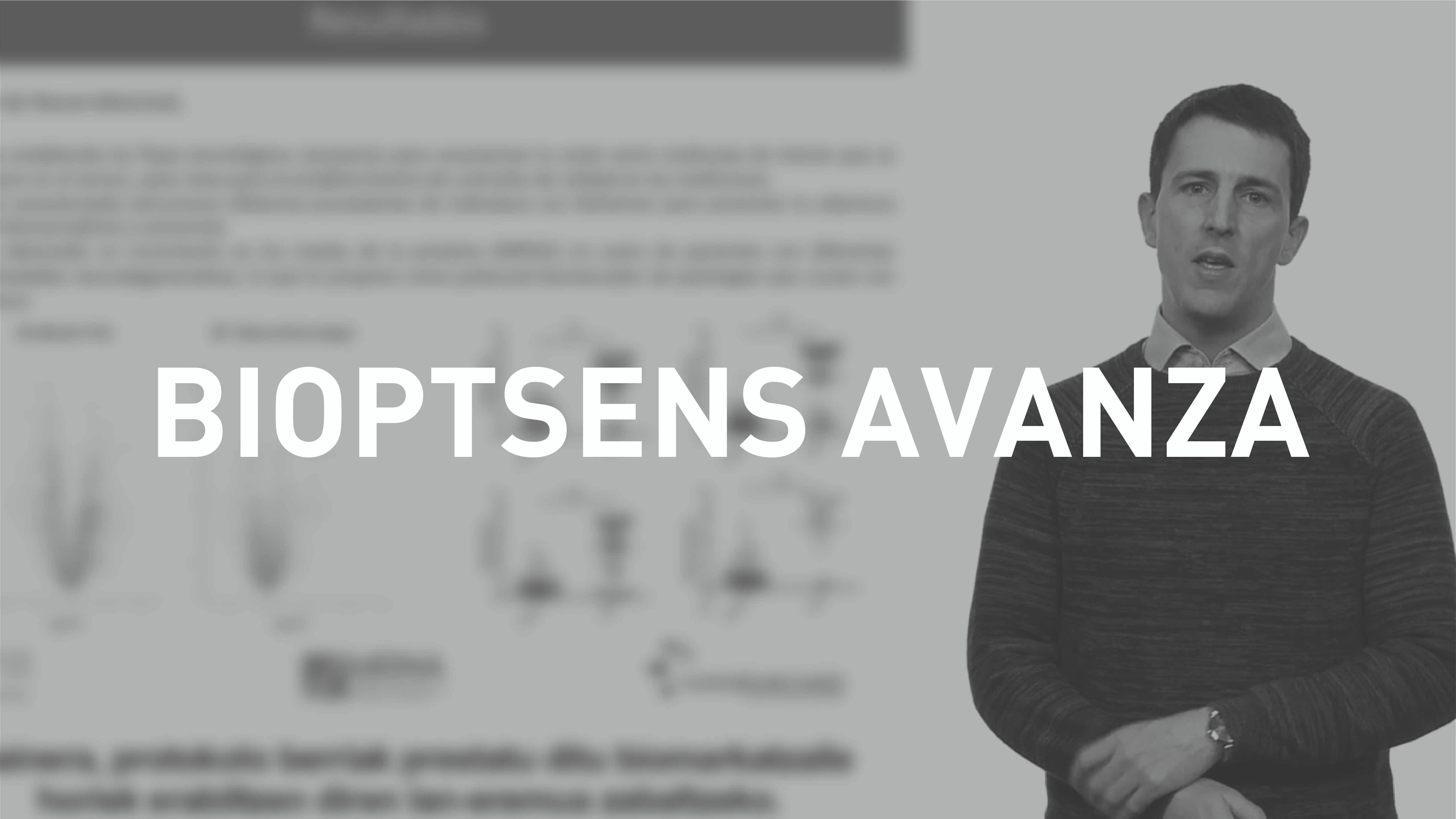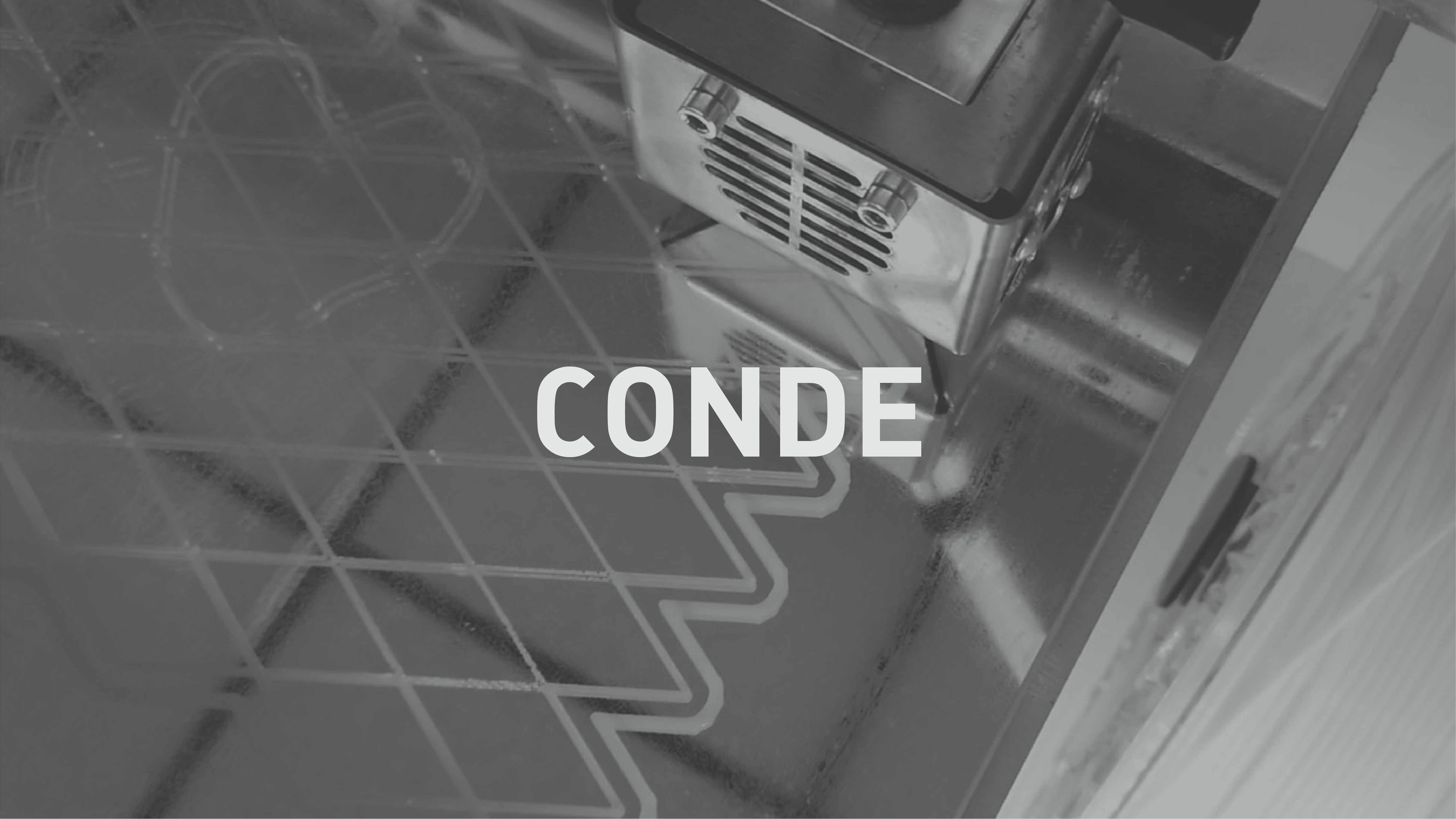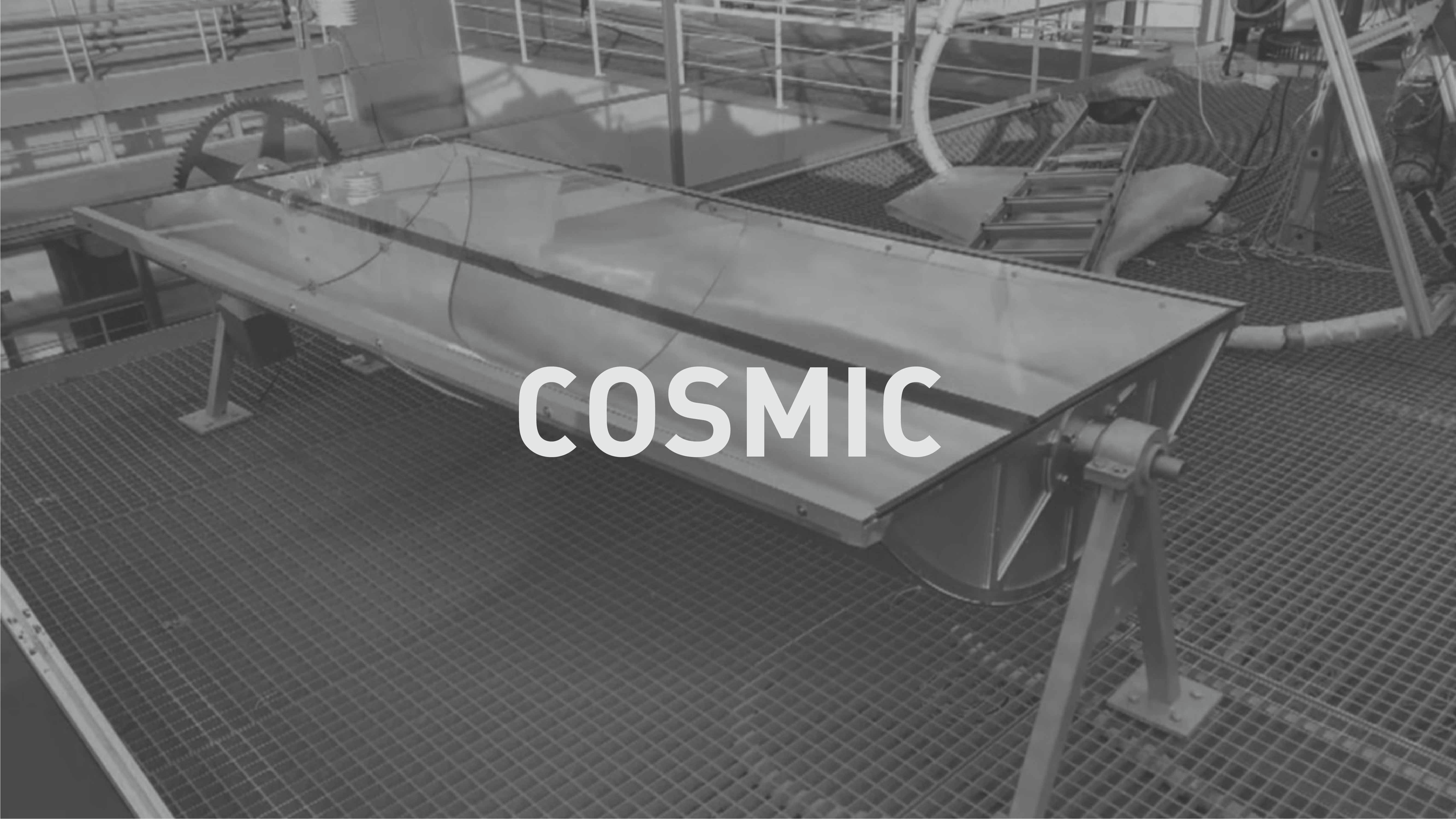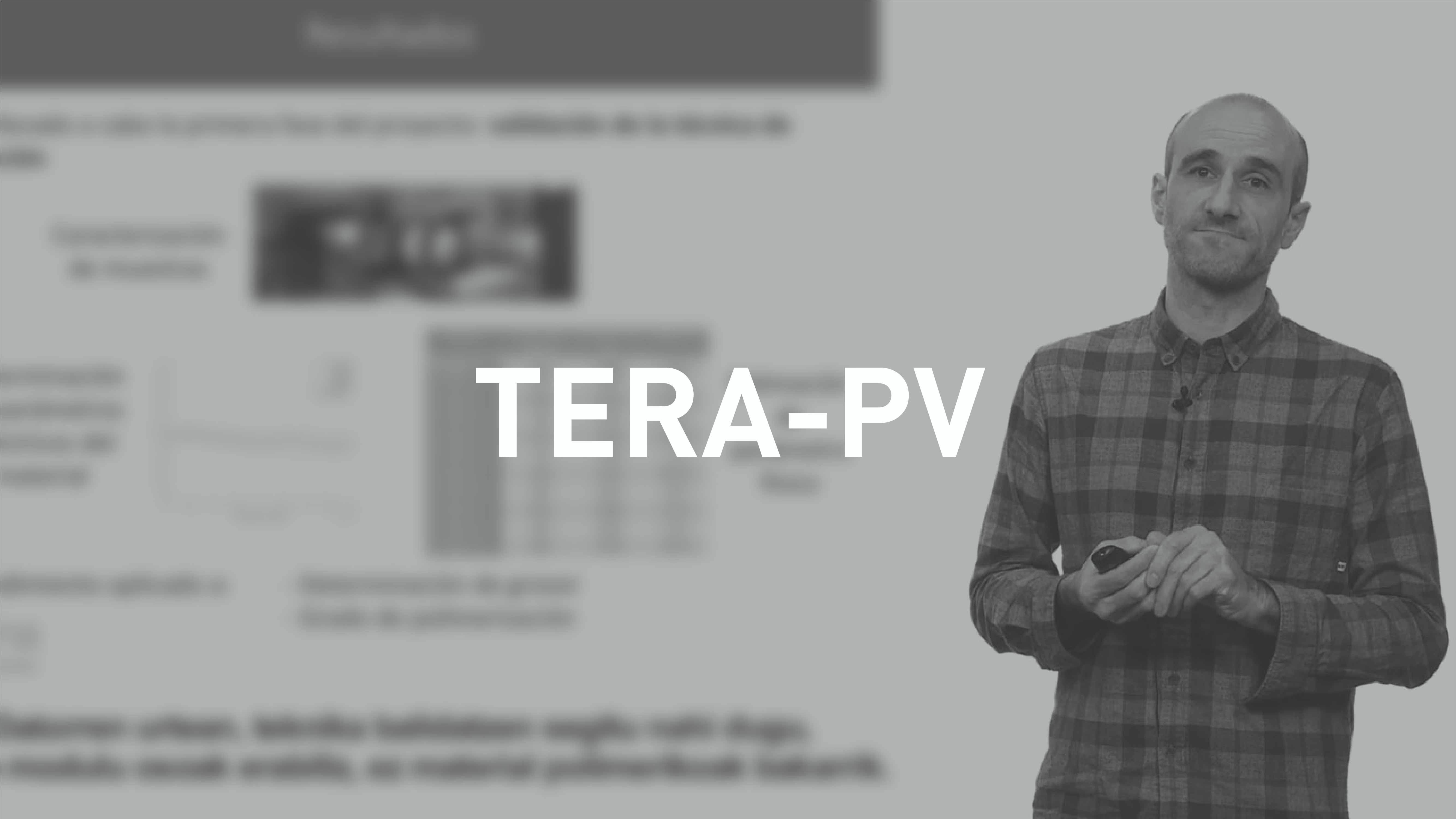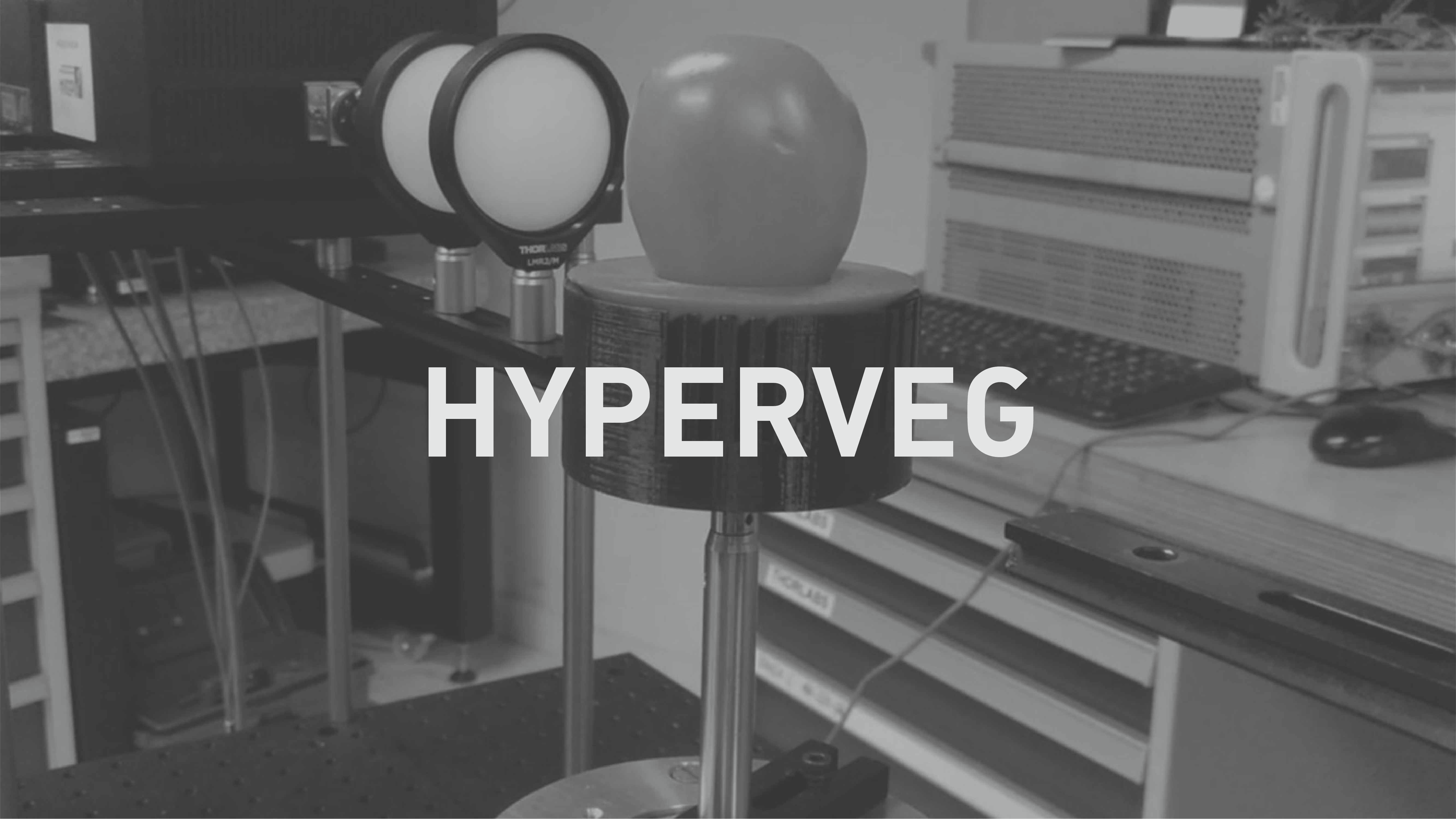The machine’s excursions outside balance may cause additional forces and loads and it is important to ensure that they do not have a critical impact on the condition of the components and the useful life of the machine. Instability is caused when a system submitted to disturbances moves farther and farther from balance, leading to movements and deformations that cause significant loads and may even lead to component failure. The most important causes that lead to instability are either negative damping for some kind of vibration or the coincidence of the natural frequency in one way or another with the operating frequency of the machine.
Consequently, the most important thing for studying the stability of a machine is having the natural frequency values and vibration damping under any operating conditions, with which the following could be predicted.
─ The work areas where instability can occur
─ Work places that are stable but very close to instability that may become unstable in certain situations due to uncertainties in the study
─ The border between stability and instability of various components on the machine for different operating conditions
─ Sources of self-excitation that may arise in a wind turbine
The work methodology used in this project has been built on the OpenFAST and Bladed programmes (for modelling wind turbines) using four stability analysis techniques.
─ Classical linearised system analysis
─ Floquet theory (there have been difficulties and it has been studied at a theoretical level and with a preliminary development)
─ Operational modal analysis (OMA)
─ Non-linear signal analysis
The classic analysis was done with OpenFAST and Bladed to see any differences there may be with the modelling tools. And the OMA and non-linear system analyses were only done with the OpenFAST results.
The practical analysis was done using two different wind turbines (10 MW AVATAR and 5MW NREL), using the three techniques described above.
A series of cases were set in motion with the machines under different operating conditions (standstill, idling and production) for different wind speeds and yaw angles (disalignment of the machine with the wind). The classic analysis technique based on the linearised system starting from the OpenFAST results were used as a basis, with more than 500 cases set in motion and analysed. The rest of the techniques were only used on a small group of cases that make up a small group of representative cases and cases where it was seen with the base technique that there could be stability problems.
The natural frequencies and the most important vibration damping for the system were calculated for every case. After calculating those values, the values given by the classic analysis using OpenFAST and Bladed were compared with the values given by the different analysis techniques (using the OpenFAST results).
The results were satisfactory, because for all the cases in general, the natural frequencies from both pieces of software and the three analysis techniques are very similar. Despite having greater differences, damping has values in the same range and they are unanimous when instability occurs. Consequently, all the techniques can be said to have been correctly validated.
After doing the analysis and comparison of all the results, a stability analysis methodology has been proposed that uses the three analysis techniques studied, in addition to the two simulation tools. With all of that it can be concluded that different techniques for analysing the stability of wind turbines have been successfully tested, in addition to having developed and validated a methodology for stability analysis that is reliable and robust.
In light of the goals set at the beginning of the project having been successfully completed, the methodology can be considered mature for transferring the service to an industrial setting and supporting wind turbine stability analysis in design or evaluation procedures.



